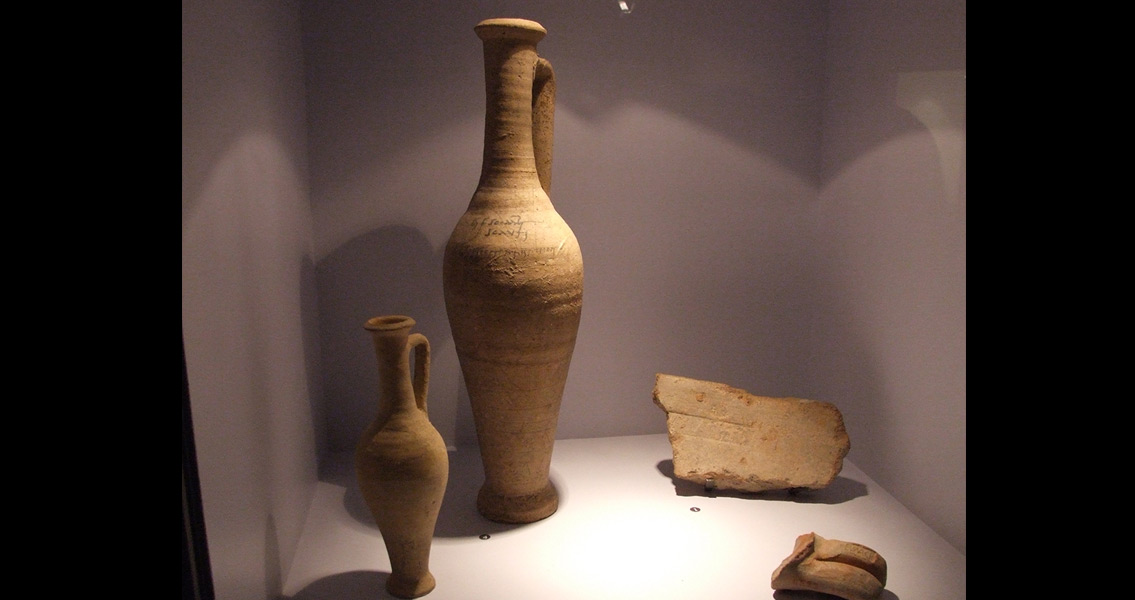<![CDATA[A Roman shipwreck dating from between the first and second century has been discovered by archaeologists, resting more than 650 feet deep off of the Mediterranean coast near Alassio in northwest Italy. The approximately 2,000-year-old cargo vessel is one of only five Roman deep sea shipwrecks ever discovered in the Mediterranean. Estimated at approximately 98 feet long the Roman ship was carrying thousands of amphorae which at the beginning of the trip were full of garum, an ancient Roman fish-based condiment known for its pungent aroma, which researchers have referred to as the ketchup of ancient Rome. Amorphae were commonly utilized for transporting and storing both dry and liquid products, and more often than not the product was wine. Amphorae have proven to be invaluable to maritime archaeologists, because they can be used to determine not only the cargo itself, but the cargo’s port of origin as well. They have been found so well preserved the original content is still intact, providing experts valuable information about ancient mercantile systems and foodstuffs. The stoppers however, are rarely found intact. Cheap and plentiful, amphorae were seldom returned to their starting point, so once they were empty they were simply broken up and disposed of. In its day garum was considered a delicacy by Romans and was known to be mass produced in factories in Portugal and Spain. The strong smelling liquid had a highly valued sweet-and-sour flavor and was used in practically every Roman dish – frequently replacing salt which was exorbitantly expensive. According to project leader Simon Luca Trigona, the Coordinator of Technical Services of Underwater Archaeology with the Archaeological Superintendency of Liguria, researchers have studied the pile of jars left on the bottom of the sea and based on it’s size have estimated that the ship was carrying somewhere between 2,000 and 3,000 amphorae. Once the wreck site was officially identified, the team used a remote operated vehicle (ROV) with a claw to salvage a single jar. Although it was later determined that no testable residue remained inside the jar, and to date no other jars have been recovered, the shape is consistent with jars known to have been used exclusively for Garum. It’s probable that the vessel was sailing along the Alassio coastline on its way to Rome after setting off from the Spanish port of Cadiz, which at that time was a central shipping center for the garum industry. In fact, researchers found wine jars in the shipwreck (most likely enjoyed by the crew) from the Tiber river area, another clue to the ship’s country of provenance. The location of the shipwreck is also noteworthy as it confirms Roman ships sailed along the Alassio coast as well as the more traditional and direct route from southern Spain, which went from Spain to the Balearic Islands to Corsica and then on to Rome. Ironically, the mound of jars used to carry fish sauce are now used by fish as shelter. Image courtesy of Wikimedia Commons user: Claus Ableiter]]>
Jars for Fish Sauce Found on Roman Shipwreck
